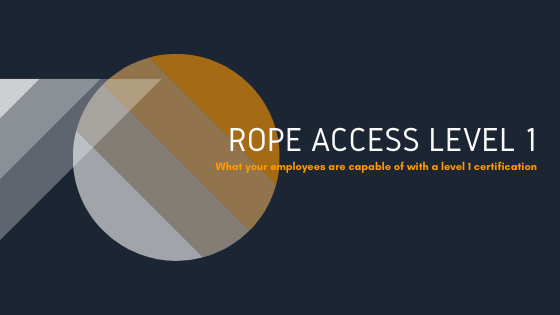What do employees learn in level 1?

Whether your company has decided to start a rope access team or your client is the one asking, here are some things you may want to know about your team's main capabilities once they go through their level 1 training. Note, "rope access system" is defined as a set of two independently anchored ropes.
- They can ascend and descend on their own on a rope access system
- They can transfer from one set of ropes to another. The two sets of ropes can be next to each other or rigged via different anchors.
- They can maneuver pass a deviation in the rope access system. A deviation is when the set of ropes is held to the side by another anchor system in order to avoid a hazard.
- They can climb above and below an edge on their ropes.
- They can aid climb from anchor to anchor along a fixed structure.
- They can rescue another technician either on the same set of ropes or separate set of ropes.
- They are aware of the elements of a basic anchor system.
Essentially, a level 1 rope access technician can maneuver themselves around a pre-rigged rope access system. You may be wondering, if a level 1 can't rig the ropes themselves, then who does? Normally a level 3 or an advanced level 2, under the supervision of a level 3 Supervisor.
Level 3 Supervisors are also responsible for many other safety elements that need to be in place in order for rope access to take place efficiently and safely. These elements include equipment, safety paperwork, and methodology.
Starting a rope access team requires more than having your workers obtain their level 1 certification. To learn more about this process and what else needs to be put into place, please visit our rope access management page.